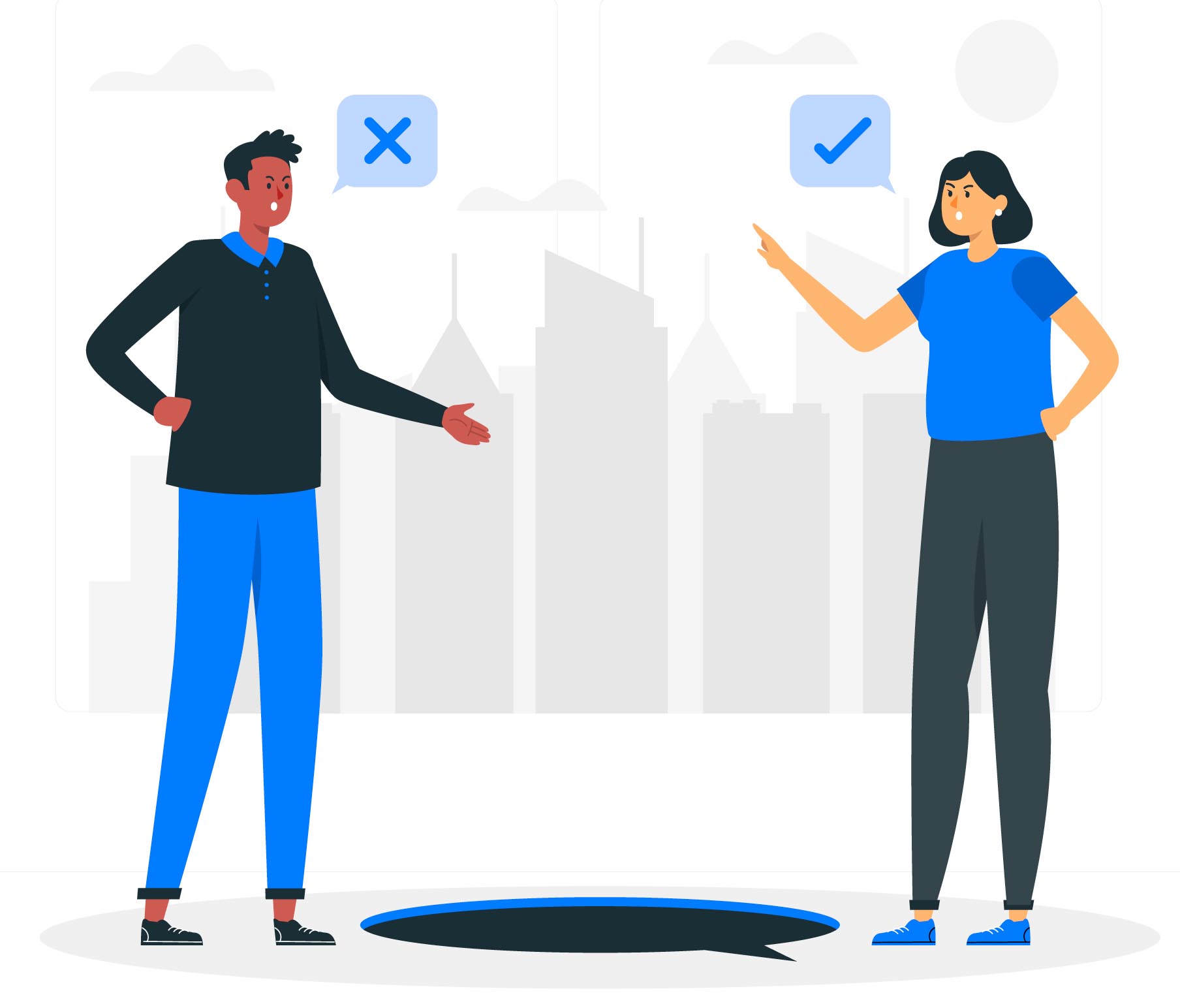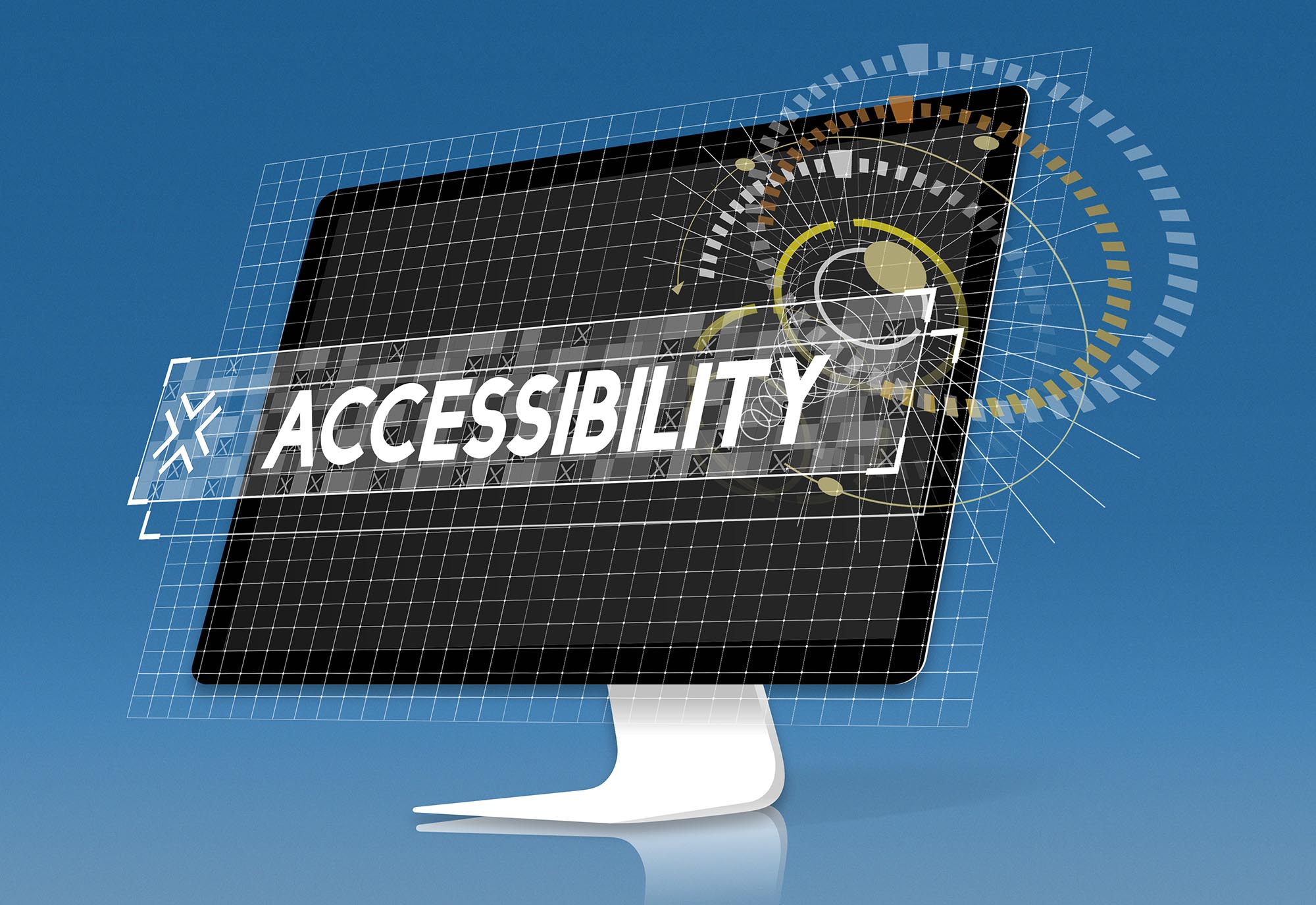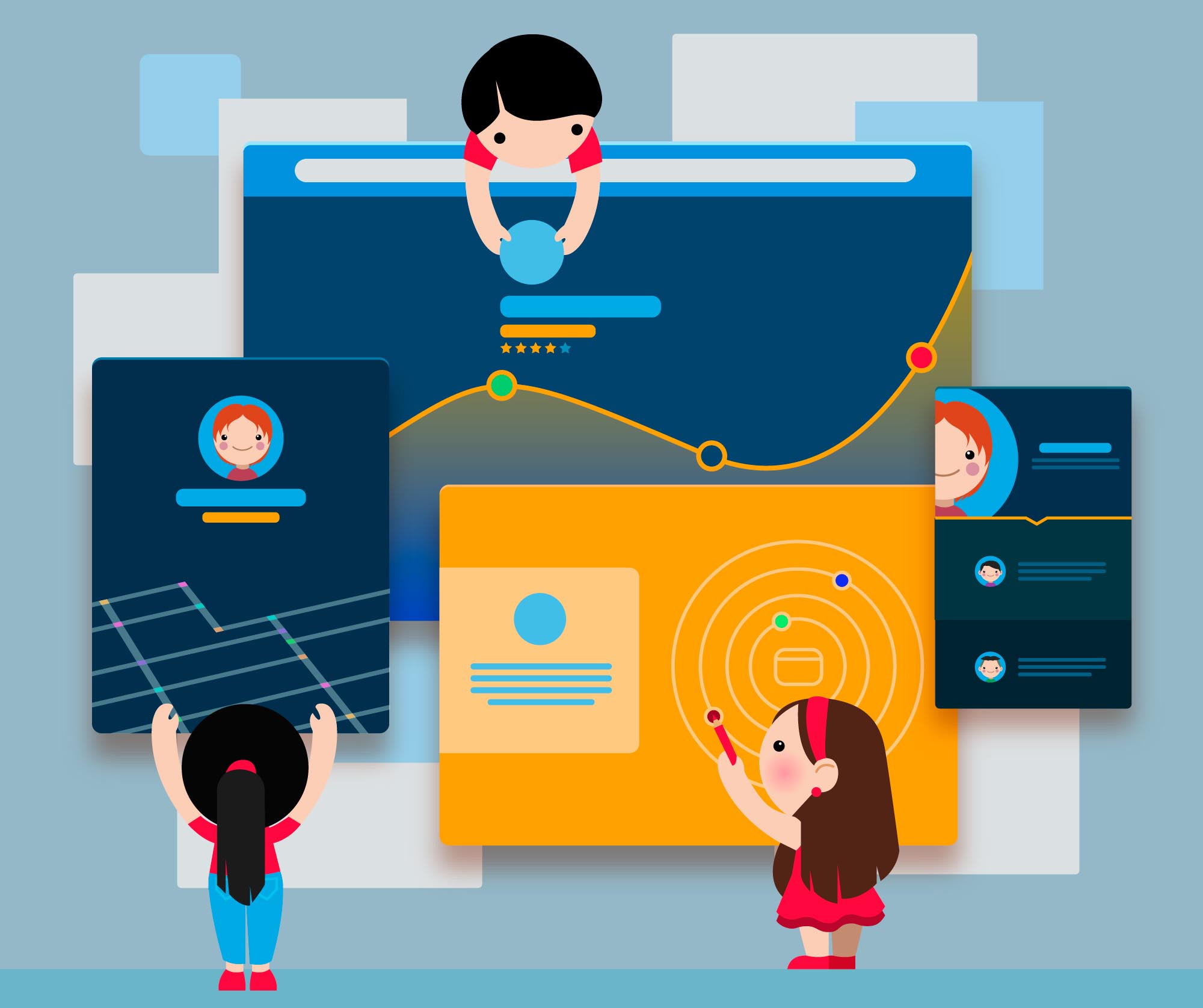Introduction
Web design is a critical element of any website, as it affects how users perceive your brand and interact with your content. However, even the most well-intentioned web designers can fall victim to common mistakes that can negatively impact the user experience and hinder business goals.
In this article, we'll explore the most common web design mistakes and provide tips for avoiding them, so you can create a website that is visually appealing, easy to use, and effective at achieving your business objectives.
Also Read This: Market Insights: Decoding Getty Images Share Price Trends
Lack of Clarity and Consistency
One of the most common web design mistakes is a lack of clarity and consistency. Users expect a website to be easy to navigate and understand, so if your site is confusing or inconsistent, they may quickly lose interest and move on to a competitor's site.
One example of this mistake is unclear navigation. If users can't easily find what they're looking for, they're likely to become frustrated and leave. To avoid this, create a clear hierarchy of information and use descriptive labels for navigation buttons and links.
Another example is inconsistent branding. If your website looks and feels different from your other marketing materials, users may become confused and lose trust in your brand. To avoid this, use consistent colors, fonts, and imagery throughout your website and other marketing materials.
To avoid these mistakes, take the time to plan out your website's information architecture and design, using a consistent and clear layout, branding, and navigation system. Consider user testing to get feedback on how your site is being perceived, and make adjustments as needed to improve clarity and consistency.
[caption id="attachment_182712" align="alignnone" width="1808"] Lack of Clarity and Consistency[/caption]
Lack of Clarity and Consistency[/caption]
Also Read This: Exploring Alternatives: Platforms Similar to Shutterstock
Slow Load Times
Another common web design mistake is slow load times. In today's fast-paced world, users expect websites to load quickly, and slow load times can lead to frustration and abandonment of the site.
One example of this mistake is large image files. High-resolution images can significantly slow down load times, especially on mobile devices. To avoid this, compress images to reduce file size without sacrificing quality.
Another example is excessive use of plugins. While plugins can add useful functionality to your site, they can also slow down load times if there are too many. To avoid this, be selective in the plugins you use, and only use those that are necessary.
To avoid slow load times, consider optimizing images, minimizing the use of plugins, and using a content delivery network (CDN) to reduce server load. Regularly test your site's load times and make adjustments as needed to ensure fast and smooth performance.
[caption id="attachment_182713" align="alignnone" width="2000"] Slow Load Times[/caption]
Slow Load Times[/caption]
Also Read This: Musical Contributions: Joining the Rhythm as a Shutterstock Music Contributor
Poor Mobile Responsiveness
A third common web design mistake is poor mobile responsiveness. With the majority of internet traffic now coming from mobile devices, it's crucial to ensure your website is optimized for mobile viewing.
One example of this mistake is small text that is difficult to read on a mobile device. To avoid this, use a font size that is large enough to be easily read on smaller screens.
Another example is buttons that are too close together, making it difficult for users to click on the desired button. To avoid this, use larger buttons and ensure they are well-spaced.
To avoid poor mobile responsiveness, use responsive design techniques that adjust your website's layout and content to fit the screen size of the device being used. Test your site on multiple devices and make adjustments as needed to ensure a smooth and consistent user experience across all devices.
[caption id="attachment_182714" align="alignnone" width="2000"] Poor Mobile Responsiveness[/caption]
Poor Mobile Responsiveness[/caption]
Also Read This: Free Downloads from Depositphotos: A Quick Guide
Lack of Accessibility
A fourth common web design mistake is a lack of accessibility. Making your website accessible means ensuring that people with disabilities can use and access your website.
One example of this mistake is using images for important information, such as navigation links or page titles, without providing alternative text for screen readers. To avoid this, provide descriptive alternative text for all images, and ensure that all text is easily readable with good contrast.
Another example is using multimedia content without providing captions or transcripts for those who are deaf or hard of hearing. To avoid this, provide captions or transcripts for all multimedia content, including videos and audio recordings.
To avoid a lack of accessibility, ensure that your website is designed with accessibility in mind from the beginning. Consider using accessible design principles, such as high contrast colors, easy-to-read fonts, and clear navigation labels. Test your website with assistive technology to ensure that it is accessible to all users, regardless of their abilities.
[caption id="attachment_182715" align="alignnone" width="2000"] Lack of Accessibility[/caption]
Lack of Accessibility[/caption]
Also Read This: Getting 123RF Images for Free without Watermark: Guide
Confusing Layout and Navigation
A fifth common web design mistake is a confusing layout and navigation. Users expect to be able to quickly and easily find the information they need on your website. If your site has a confusing layout or difficult-to-use navigation, users may become frustrated and leave.
One example of this mistake is using too many drop-down menus or hidden navigation options. To avoid this, keep your navigation simple and easy to understand, with clear labels that accurately describe the content on the linked pages.
Another example is using a cluttered layout with too many elements competing for the user's attention. To avoid this, use a clean and consistent layout with clear sections and plenty of white space.
To avoid confusing layout and navigation, consider user testing to get feedback on how your site is being perceived, and make adjustments as needed to improve clarity and ease of use. Use a clear and consistent layout, with easily understandable navigation labels and a simple, intuitive user interface.
[caption id="attachment_182716" align="alignnone" width="2000"] Confusing Layout and Navigation[/caption]
Confusing Layout and Navigation[/caption]
"Design is not just what it looks like and feels like. Design is how it works." - Steve Jobs
Also Read This: The Top 5 Free Image Editing Tools for Beginners
Conclusion
In conclusion, there are many common web design mistakes that can negatively impact the user experience on your website. These include a lack of clarity and consistency, slow load times, poor mobile responsiveness, a lack of accessibility, and confusing layout and navigation.
To avoid these mistakes, it's important to prioritize user experience in your web design. This means focusing on clear and consistent design, optimizing load times, ensuring mobile responsiveness, designing for accessibility, and simplifying navigation and layout.
By avoiding these common web design mistakes and prioritizing user experience, you can create a website that is easy to use, engaging, and effective in achieving your goals.
FAQs
What is the most common web design mistake?
There are several common web design mistakes, but one of the most common is a lack of clarity and consistency in design.
How can I avoid slow load times on my website?
To avoid slow load times, optimize your images, minimize the use of plugins, and use a content delivery network (CDN) to reduce server load.
What does mobile responsiveness mean in web design?
Mobile responsiveness means designing your website to be easily viewed and navigated on mobile devices, such as smartphones and tablets.
What is accessibility in web design?
Accessibility in web design means ensuring that people with disabilities can use and access your website. This includes providing alternative text for images, captions or transcripts for multimedia content, and designing for good contrast and readability.
How can I simplify navigation and layout on my website?
To simplify navigation and layout, use a clear and consistent design, with easily understandable navigation labels and a simple, intuitive user interface. Consider user testing to get feedback on how your site is being perceived, and make adjustments as needed to improve clarity and ease of use.









































